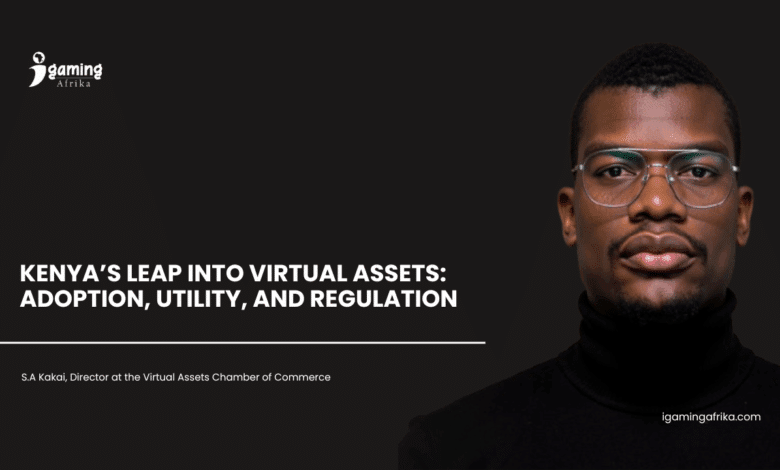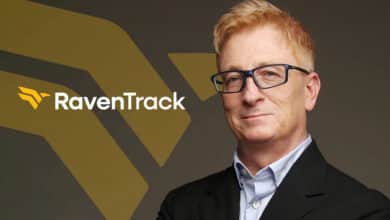S.A Kakai on Kenya’s Leap into Virtual Assets: Adoption, Utility, and Regulation

President William Ruto recently signed into law the Virtual Asset Service Providers Act 2025, marking a significant milestone in Kenya’s journey toward digital financial innovation. While laws like the Land Act have sparked public debate, this one on virtual assets has largely flown under the radar, leaving many Kenyans asking: What exactly are virtual assets, and why should we care?
In a recent interview on NTV’s Fixing the Nation, S.A Kakai, Director at the Virtual Assets Chamber of Commerce, shared his insights on the Act, explaining how it will shape Kenya’s digital financial landscape and what it means for everyday users.
The VASP Act 2025 seeks to license and regulate virtual asset service providers and initial virtual asset offerings (IVAOs). It applies to entities that hold or manage digital assets, facilitate exchanges, or provide related services including cryptocurrencies, NFTs, and stablecoins. The law introduces a multi-agency oversight framework involving the Central Bank of Kenya, the Capital Markets Authority, and other regulators. It also requires all VASPs to comply with the Data Protection Act, 2019, and establishes enforcement mechanisms, including fines for violations, to ensure accountability and investor protection.
What are Virtual assets? Virtual assets are digital representations of value that can be traded, transferred, or used for payment, existing entirely in the digital realm. “Conventionally, these were known as cryptocurrencies. If you put the word ‘cryptocurrency’ in a suit and tie to look good in front of the central bank and the capital market authority, you call them virtual assets,” Kakai explained.
Popular examples include Bitcoin, Ethereum, and Solana, while stablecoins are digital equivalents of fiat currencies such as the U.S. dollar. “So the same way you hold USD on your bank app is the same way you can hold stable coins on your crypto wallet.” They allow users to hold, send, and receive digital money without physically handling cash. Unlike M-Pesa, which operates within a single mobile network, stablecoins exist on blockchain networks, enabling global transactions backed by reserves such as cash or government bonds.
“Blockchain has enabled people to build networks that allow that interoperability of financial transactions. The reason why you are able to send stablecoins to someone in China is because people have built networks on the blockchain that allow you to send that. One example now of the networks is Ethereum. If I’m holding a stable coin on the Ethereum network, I can send it to anyone across the world who has access to that network,” he explained.
Kenya is emerging as one of Africa’s leading countries in virtual asset adoption, alongside Nigeria and South Africa, and ranks within the top 30 globally according to a recent report by Chainalysis. A key driver is the practical use of stablecoins, which allow Kenyan businesses and individuals to transact in dollars instantly and at a lower cost than traditional banks.
Read Also: Kenya’s New Crypto Law Marks a Turning Point for Online Betting
“And the reason why people would go for stablecoins, is because Kenya is heavily an import market, and all these imports and exports are heavily dollarized. Over time, you could find affordable dollar rates within the virtual asset space or the supplier you want to settle with can only accept digital dollars. So what it revolutionized is it really enabled cross-border trade in a way never seen before. Because transactions on the blockchain, for instance, are instant,” Kakai noted.
Beyond regulation, the Virtual Assets Chamber of Commerce is exploring homegrown solutions, including a potential Kenyan stablecoin. These initiatives aim to reduce reliance on the U.S. dollar and strengthen Kenya’s position in the digital financial ecosystem, offering businesses and consumers more stable, affordable, and efficient ways to transact digitally.
With Kenya’s increasing adoption of virtual assets, the Virtual Asset Service Providers Act 2025 ensures transparency, protects investors, and aligns the sector with global standards by establishing frameworks for licensing, compliance, and anti-money laundering, providing a foundation for the safe and transparent operation of virtual asset platforms.



















